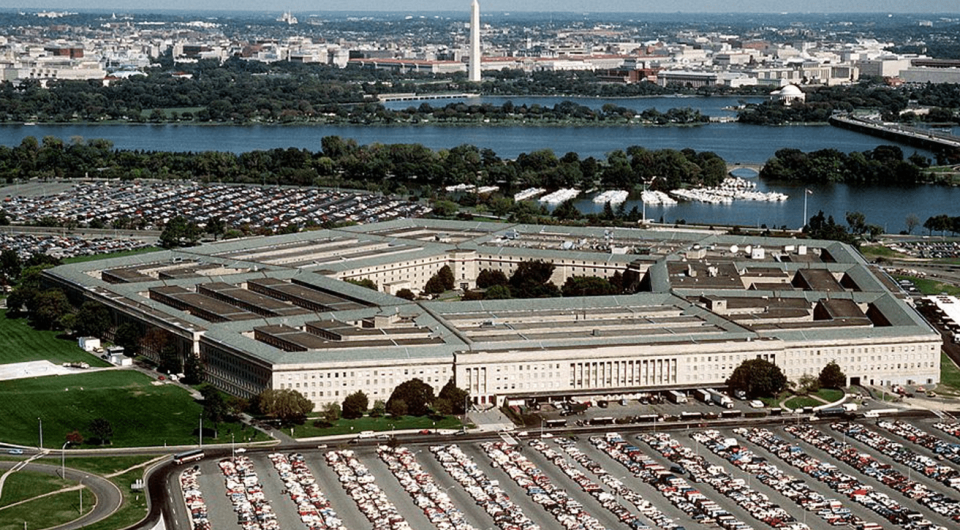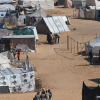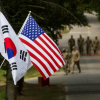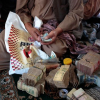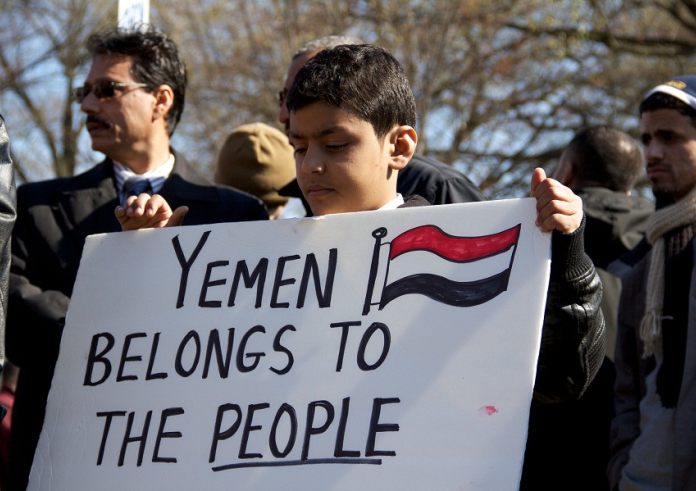Table (1) US Department of Defense Budget Comparison in Syria (2017-2020)
By Amir Hamed Azad, Middle East Expert
That’s Enough, in a report dated October 16, 2021, while reviewing and comparing the summary of US military strategy in Afghanistan, Iraq and Syria, concluded that unlike Afghanistan, the US will need to maintain a level of military talent in Iraq and Syria.
The report stated that the United States would pursue full deterrence against Iran by strengthening its trusted partners, which would include a set of established governments, non-state actors, and foreign beneficiary governments. Accordingly, the US Department of Defense continued to request funding for the 2022 budget bill to equip and train troops in the fight against ISIS in Iraq and Syria.
Therefore, in the following report, an attempt has been made to examine and analyze the budget requested by the Pentagon in the Syrian sector. The purpose of this study will be to identify possible changes in US focus on Syria, compare US targets in Syria, and estimate possible future performance.
Change of Mission and Unit In-Service
Combined Joint Task Force - Operation Inherent Resolve (CJTF-OIR) in the Intrinsic Solution Coalition announced the entry into the fourth phase of its mission in July 2020, announcing the end of the extensive combat operation, stating that at this stage, the Coalition's mission is defined as "normal". At this stage, the coalition continued its mission to fight ISIS through Syrian groups and forces approved by the US Department of Defense.
The group includes the Syrian Democratic Forces (SDF) and its affiliated groups in northeastern Syria and the Mawawir al-Thawra (MAT) in southeastern Syria.

The US Department of Defense has announced in its 2022 budget bill that it will increase the talent of allied forces in Syria to 20,000 in the coming fiscal year. This number of troops will be recruited in four units, the structure of which was created in fiscal year 2021, by the US Department of Defense.
The Pentagon did not specify the exact capability of these units in 2022, but the 2021 bill plans to train and equip 9,800 personnel in four units: "Finish Forces," "Internal Security Forces," "Provincial Internal Security Forces," and "Jaish Maghawir al-Thawra," the details of which were as follows:
• Finish Forces: These forces were divided into commando and anti-terror units, and their mission was to clear and attack the main ISIL networks in urban areas. In this context, training of five commando companies with 1120 members and 600 additional soldiers in the anti-terror department.
• Internal Security Forces: These 4,000 forces were deployed at checkpoints and their mission was to patrol urban areas.
• Provincial Internal Security Forces: This force was selected by 3780 natives of each province. They were tasked with establishing themselves at fixed checkpoints and conducting operations in uninhabited areas to prevent the movement of ISIS cells. Provincial internal security forces were also tasked with protecting prisons of ISIL forces.
• Jaish Maghawir al-Thawra in the Tanf area: This unit had 300 personnel in 2020, and the US Department of Defense increased its members to 500. Maghawir al-Thawra is the only significant US Department of Defense Arab force in Syria capable of patrolling and conducting operations against ISIS in southeastern Syria.
Budget in the path of professionalization
From fiscal year 2017, the US Department of Defense officially began allocating funds to coalition forces in Syria. A comparison of the 2022 budget bill with previous years shows that the process of budget allocation in Syria has increased or decreased due to the process of fighting ISIS. Therefore, the funding process has been declining since the destruction of ISIL's physical centers in Syria in 2019.
Table (1) US Department of Defense Budget Comparison in Syria (2017-2020)

A review of the US Department of Defense budget for the fight against ISIS in Syria shows a shift in the focus of funding in 2022 from the combat sector to support and auxiliary expenditures of an unknown nature. Of course, this ambiguity may be due to bureaucratic changes in budgeting that are not specific to the general public. For example, the budget line for "basic necessities of life" that lasted from 2017 to 2021 was related to non-cash payments to part of the coalition forces that did not receive salaries from the US Department of Defense.
Until 2019, the US Department of Defense was only committed to non-cash payments to Allied forces, and from 2019, began to pay salaries to some of them. By the end of 2019, the Pentagon was paying between $ 100 and $ 400 a month to 24,000 members of the Syrian Democratic Forces, depending on their level of responsibility. But this number decreased to 18,000 for fiscal year 2020 and to about 10,000 in fiscal year 2021.
One of the key indicators in the US Department of Defense budget is the downward trend in non-cash payments, which has decreased from 65,000 in 2019 to 60,000 in 2020 and 10,000 in 2021. This trend confirms the fact that the United States has shifted from ruthless cooperation with local forces to the training of professional military personnel and the targeted spending of financial resources.
For example, the specification of the 2022 budget bill to increase the number of allied forces means that the US Department of Defense has put a change in the quality of the forces in-service without changing the number. This process may be done through re-selection and specialized training.
Conclusion
A review of the US Department of Defense budget in Syria from 2017 to 2022 shows that this trend has not been aggressive and aimed at regime change in this country. At the same time, the United States has questioned the international legitimacy of the Syrian government by allocating funds for training and equipping forces outside its control. On the other hand, an examination of the process of military budget allocation in Syria shows that the United States is trying to establish professional military structures in the northeast and southeast of the country, which are parallel to the official Syrian forces.
Such structures, in addition to lacking legal legitimacy, face challenges and threats at the regional and local levels. The limited forces stationed in southeastern Syria (Maghawir al-Thawra) do not have the necessary infrastructure to become a parallel defense structure. The Syrian Democratic Forces are also under constant threat from Turkey. Turkey's aggressive policy towards the PKK and the Democratic Union Party led to Turkey's operations in the Euphrates Shield, the Euphrates Sword, the Euphrates Wrath, the Olive Branch and the Fountain of Peace from 2016 to 2019.
The Democratic Union Party, the core of the organization in the Syrian Democratic Forces, faces the challenge of social non-acceptance by Arab tribes in addition to the Turkish threat. The Defense Ministry's military intelligence agency and Central Command (Centcom) said in an assessment submitted to the Office of the Inspector General that the People's Defense Forces (PDU) refuse a power-sharing ratio with Arab forces in the brokerage and military sectors, even in areas where it has a dominant Arab population.
On the other hand, the Office of the Inspector General stated in a report to the Congress that the people in the east of the Euphrates are ready to accept any potential government due to many problems. This means the gradual readiness of the conditions for the return of the Syrian regime to this part of the country.
This opinion was submitted to ‘That’s Enough’ website by the writer

